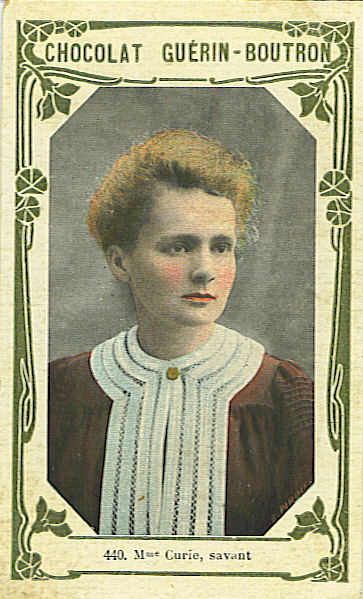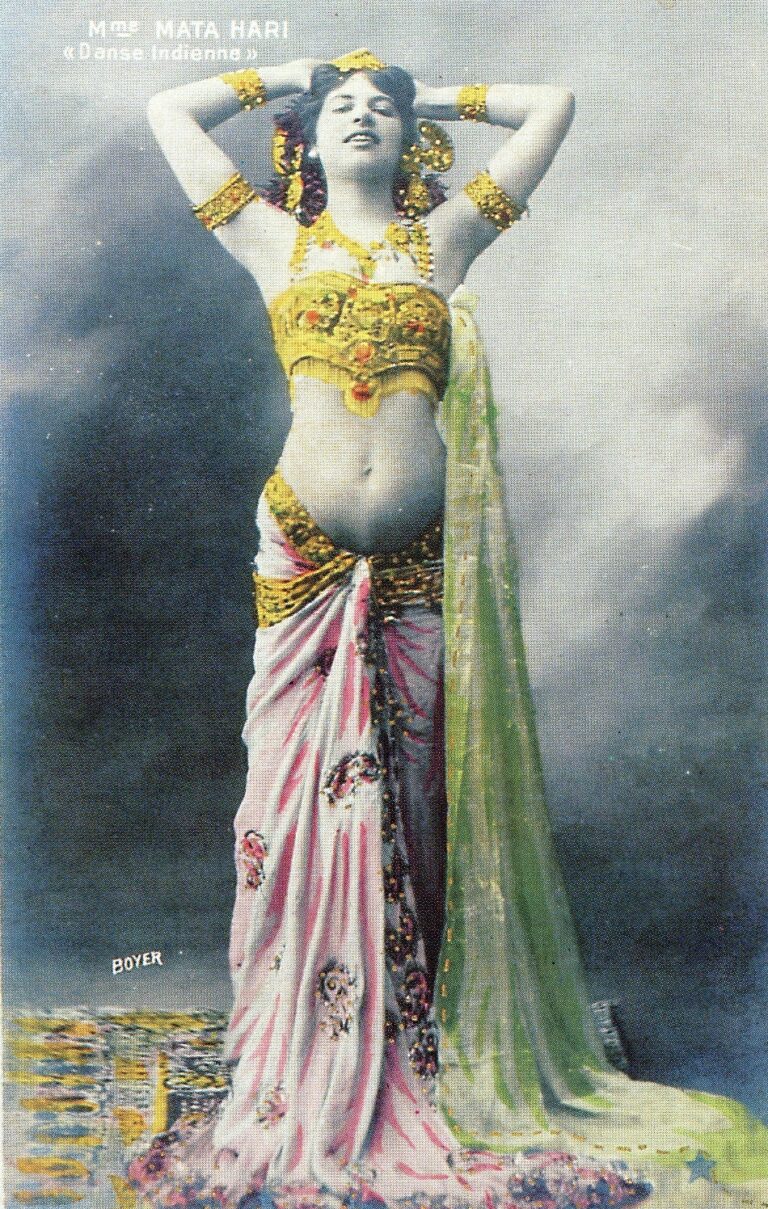Books and Vintage Merchandise Store
The Book of the Century tells a lot of things about the important and crucial roles Women played in World War I and the centuries prior to it, which is very rare to find online or in most books, or so I have found.


Chemist and physicist Marie Curie was born and raised in Poland but spent most of her adult life in France—although she remained a strong Polish nationalist all her life.
She was the first woman to win a Nobel Prize in any category, and remains the only person, male or female, to win a Nobel in two separate fields. Most of her research was at the interface between chemistry and physics.
Among her legendary discoveries were the element radium and the process of radioactivity. Indeed, she coined both words. During the Great War she helped her adopted country by designing portable X-Ray machines which could be transported to field hospitals near the Western Front to assist doctors in their diagnoses and treatments of the wounded.
Curie died far too young at 66, her fatal disease (that caused blood cell deficiency) a direct result of the radiation she encountered during her scientific enquiries. Her elder daughter Irene was also a noted chemist who, in turn, won a Nobel Prize. Irene, too, died due to her exposure to radiation during her researches.
This image of Marie Curie is one o about 500 trading cards featuring celebrities in a series issued by a prominent French chocolate-maker.

Because it seems the majority of portraits of Queen Victoria show her as an old lady dressed in rather dowdy clothing it is a refreshing change to see her in this carte-de-visite as a young chatelaine reading a book while under the gaze of her adored husband, Prince Albert, the Royal Consort.
Victoria’s attire is entirely fashionable and, as seen here, helps to explain why so much drawing-room furniture had to be redesigned to accommodate the abundance of a woman’s apparel. Finding a place to sit comfortably was often an ordeal for well-to-do women of the period.

A circa 1890 photograph of Annie Oakley when she was the highest-paid star of the Buffalo Bill Wild West Show.
At scores of sharp-shooting competitions she won countless first-place medals, several of which adorn her chest in this American postcard issued about 1905.
Though often regarded as a child of the Wild West, Oakley was a girl from Ohio who never saw the cowboy countryside until she was an adult. She learned to shoot out of necessity. When he father died, he left his family destitute.
The teenager Annie picked up a rifle and began to hunt game, most of which she sold to restaurants and hotel for just enough cash to keep her family afloat.
At 21 she married another sharpshooter and together they toured the vaudeville circuit wowing audiences with their trick shots. Wild Bill Cody got wind of their skills and hired them for his show.
A train accident in 1901 ended her shooting career. Thereafter she spent her last decades fighting for women’s rights.

Mata Hari was the stage name used in the early 1900s by a young Dutch woman who had spent some time in Java.
To attract people to her dance shows she had tens of thousands of expensive postcards printed of herself wearing what she claimed were (admittedly skimpy) authentic Indonesia costumes.
In 1916 the French spy agency tried to lure Crown Prince Wilhelm into an affair with Mata Hari.
The effort failed—at the same time France was being pummeled at Verdun. The spies in Paris decided someone had to be blamed for the failures at Verdun, and thus double-crossed Mata Hari.
She was convicted on dubious evidence of espionage–and shot. To this day, her name is applied to any duplicitous femme fatale no man can resist.